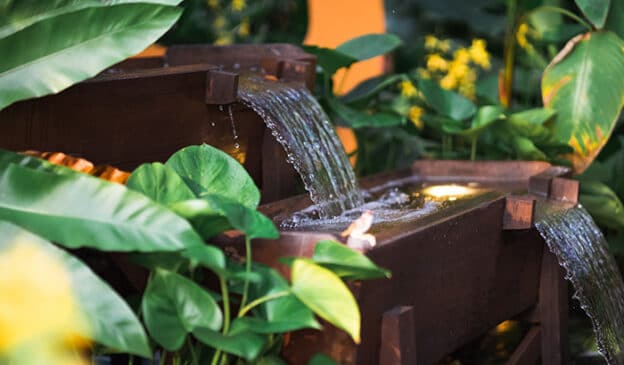Spring is here, and so is gardening season. If you have your own garden you may be wondering how you can attract bees and butterflies to your space.
The answer may be simpler than you think.
What Can Bees and Butterflies Do For You?
First, let’s address why you should want butterflies and bees in your garden. Butterflies and bees are great pollinators, and approximately one-third of all plants require pollination. They promote healthy biodiversity in plants, insects, and small animals. Butterflies can also let you know how your garden is doing, when you notice butterfly populations decreasing in your garden, something may be amiss in your eco-system. Bees and butterflies can really benefit your garden, so perhaps it’s a good idea to garden in a way that will benefit them as well.
Plant the Right Flowers
Pollinators like butterflies, bees, and even hummingbirds are attracted to flowers that are rich in nectar and pollen. These include, but are not limited to:
- Perennials
- Geraniums
- Echinacea
- Wildflowers
- Blooming annuals
- Poppies
- Dill, fennel, and milkweed (for butterfly larvae)
It’s important to keep in mind when you’re choosing new plants for your garden that native species will attract more pollinators than exotic species, so do your research on which pollen-rich plants are native to your area.
One of the biggest things to remember when you’re gardening for butterflies and bees is to absolutely never use pesticides, which can be harmful or even deadly to them.
Provide Food Water and Shelter
Now that you’ve figured out how to attract bees and butterflies, you can help keep them in your garden by providing them with the resources they need, namely:
- Food — The pollen and nectar in your flowers should cover this need, but you can also provide additional food by installing a special feeder
- Water — Just like humans, all pollinators need water to survive. You can provide it by installing a birdbath, water garden, or rain catch basin.
- Shelter — Most pollinators require a place to hide from potential predators. You can provide this by leaving a pile of grass cuttings to decompose, letting a part of your lawn grow freely, or installing an artificial nesting box.
Contact LaytonScape
If you are ready to turn your garden into an oasis that will attract butterflies and bees, contact the experts at LaytonScape today. We have over 40 years of experience designing landscapes, and we offer a risk-free one-year warranty on all services and labor we provide. We serve Davis, Morgan, Weber, and Summit counties in Utah, from Ogden down to Farmington!



